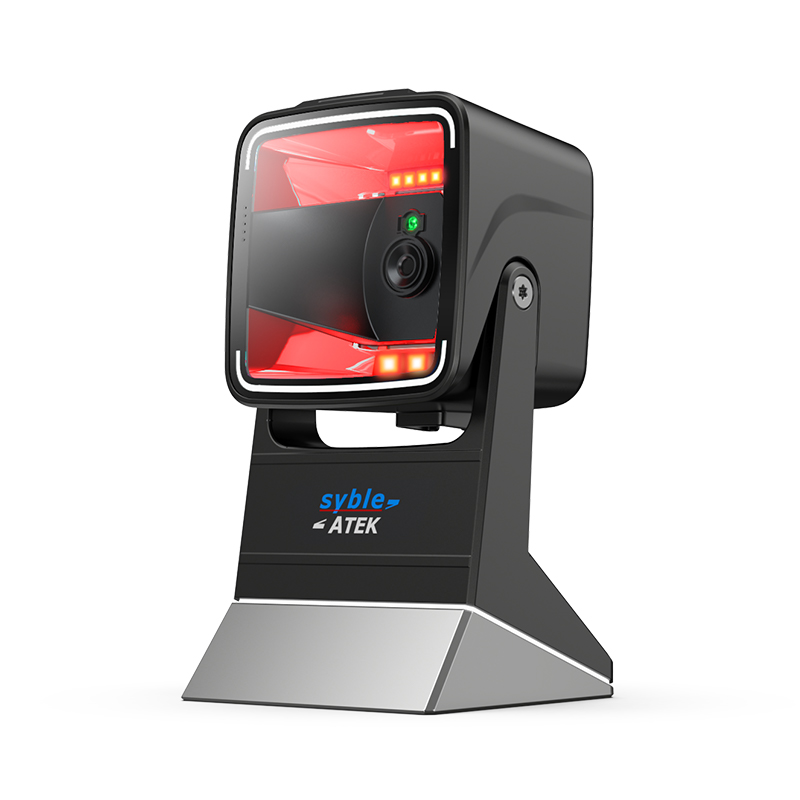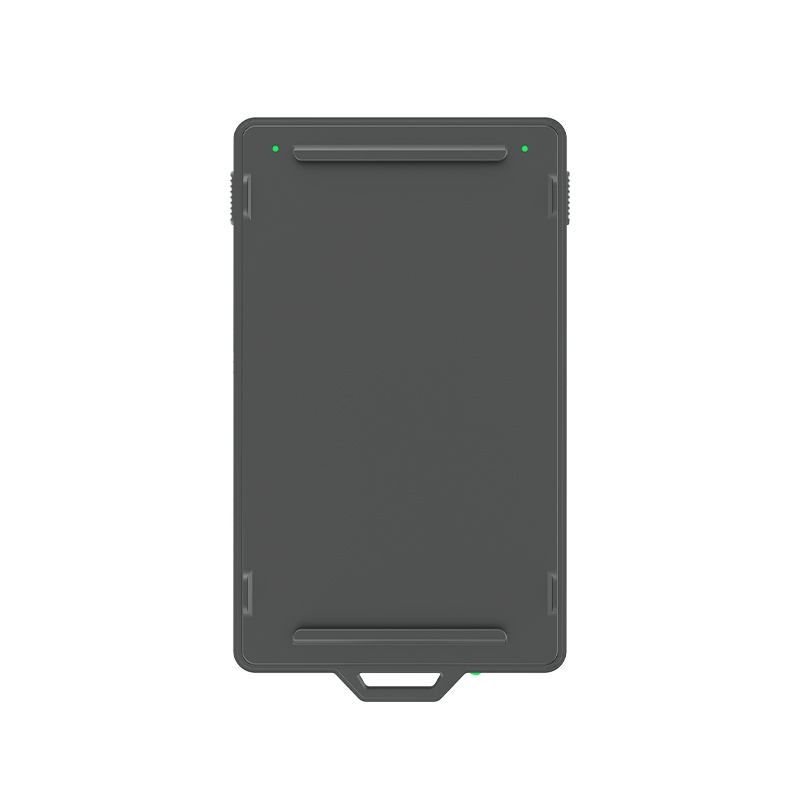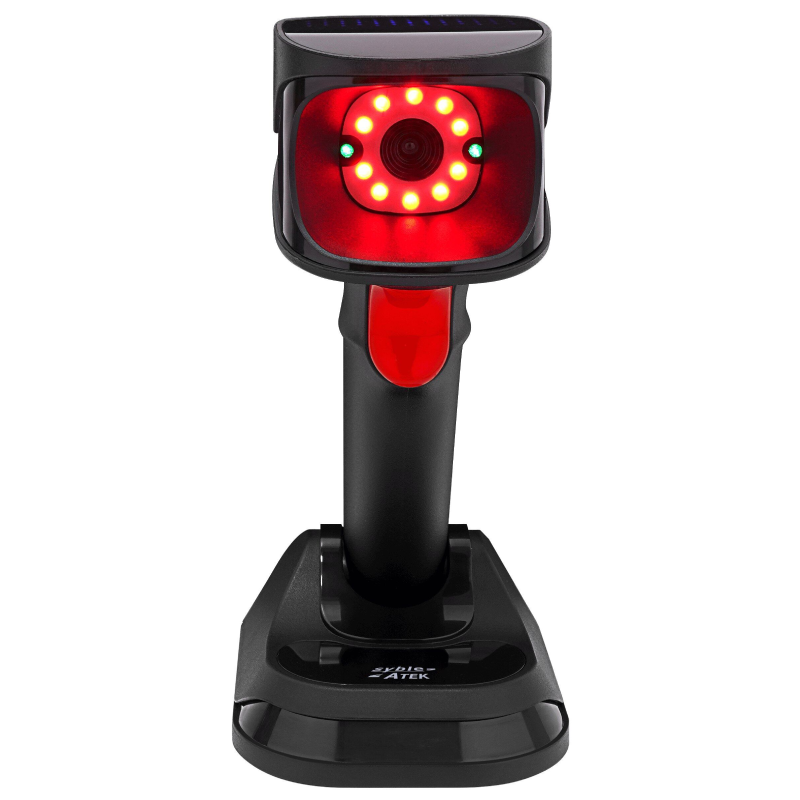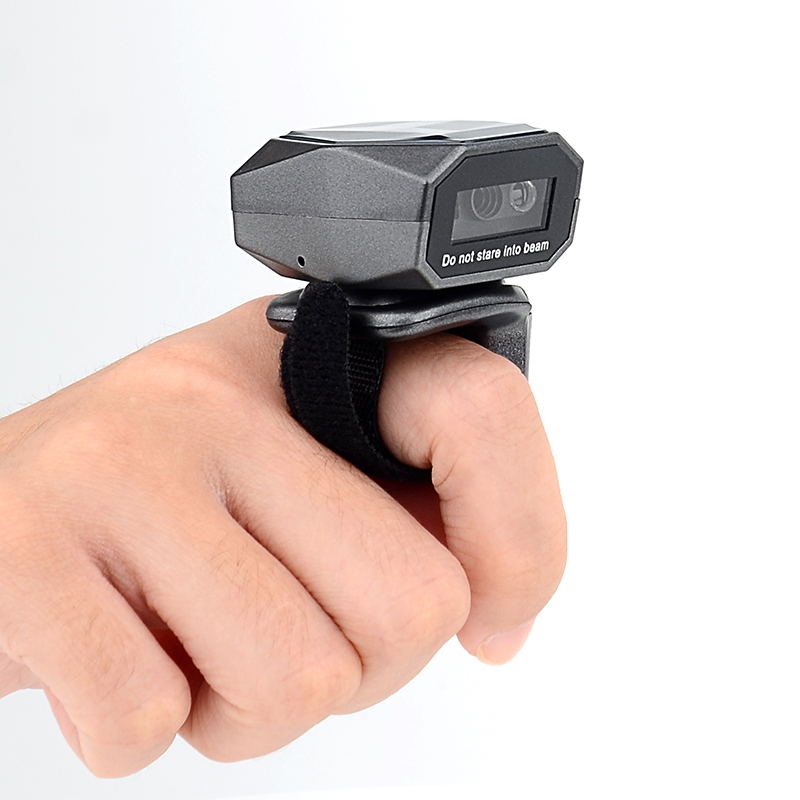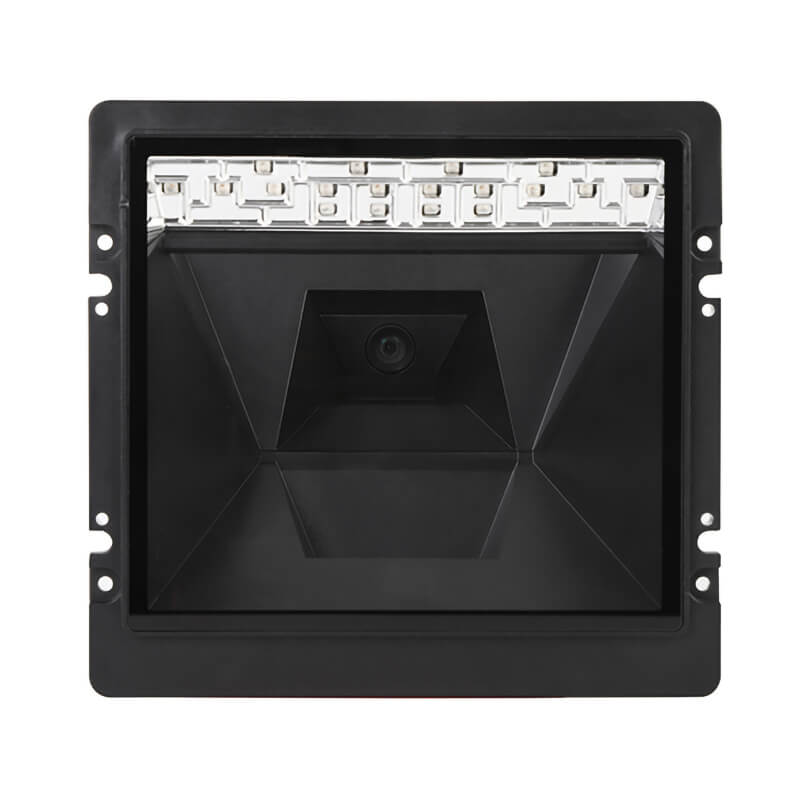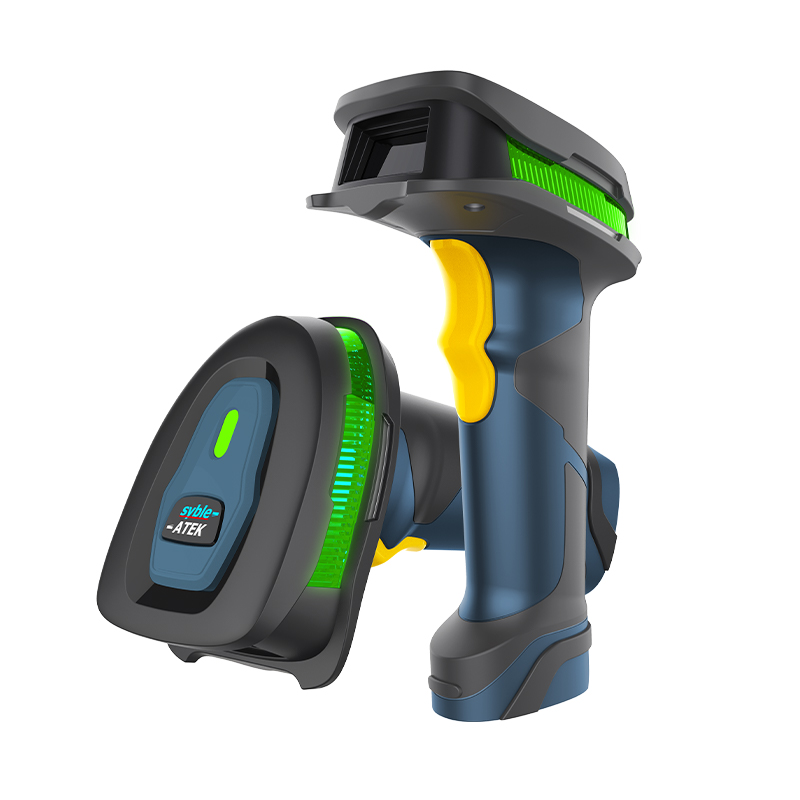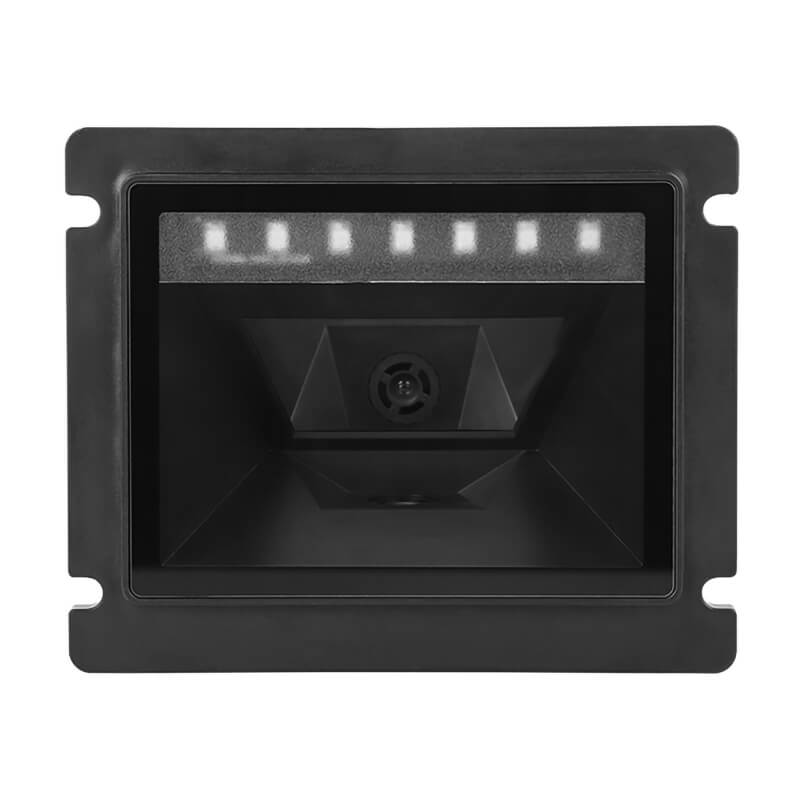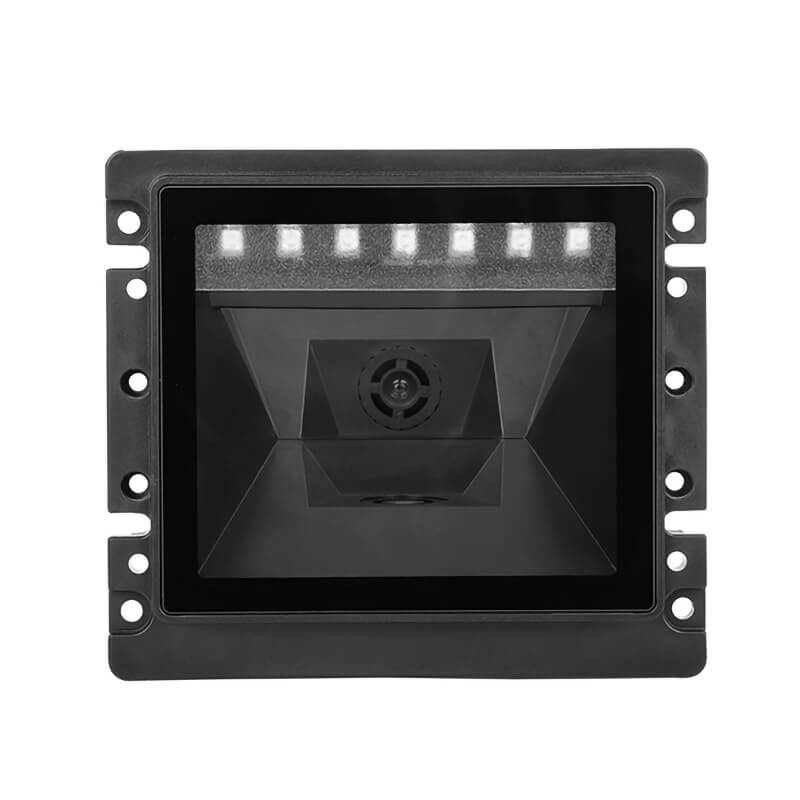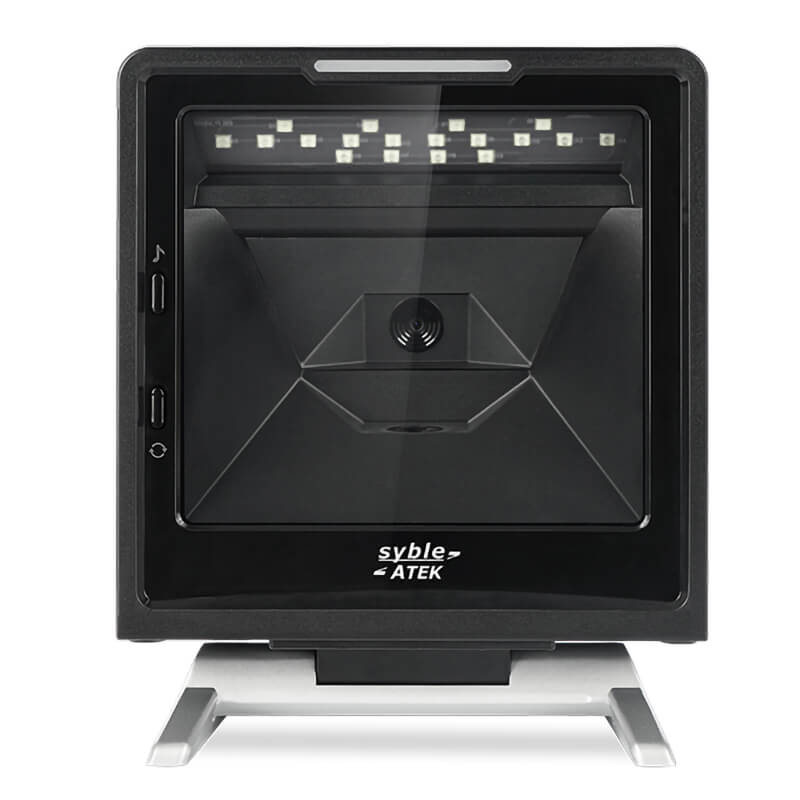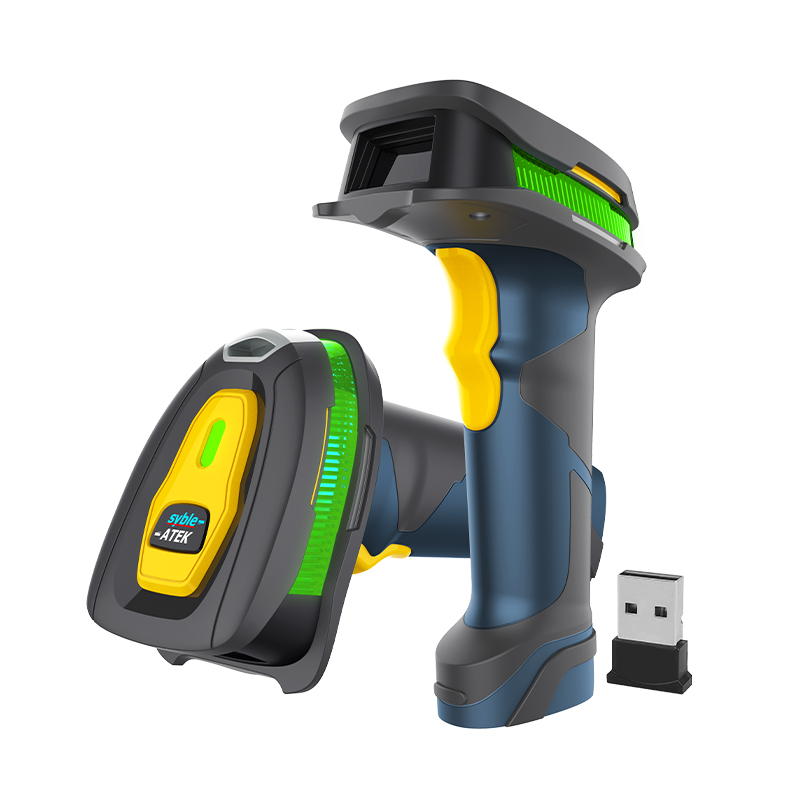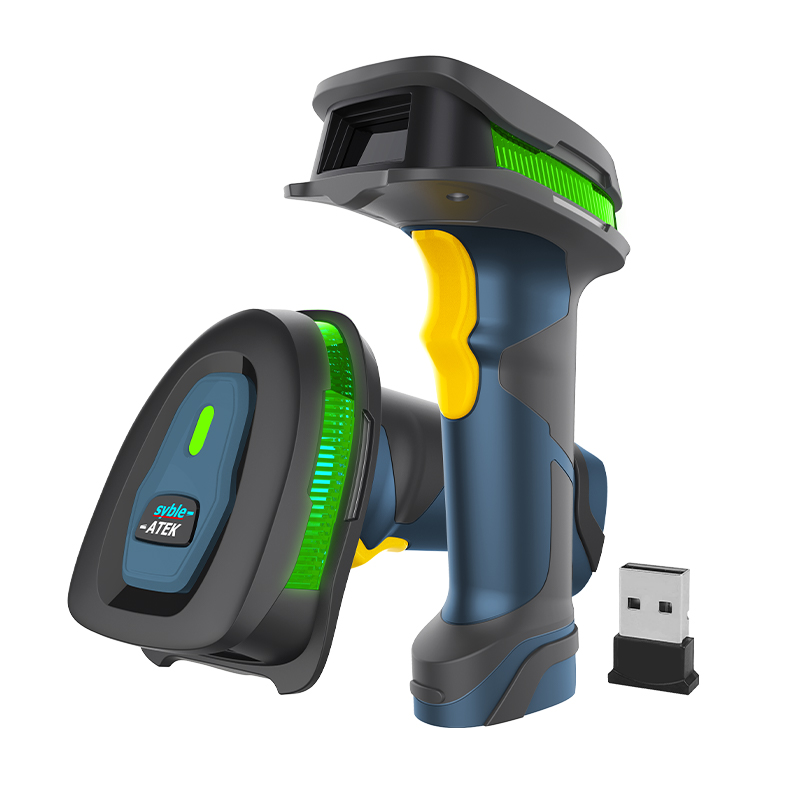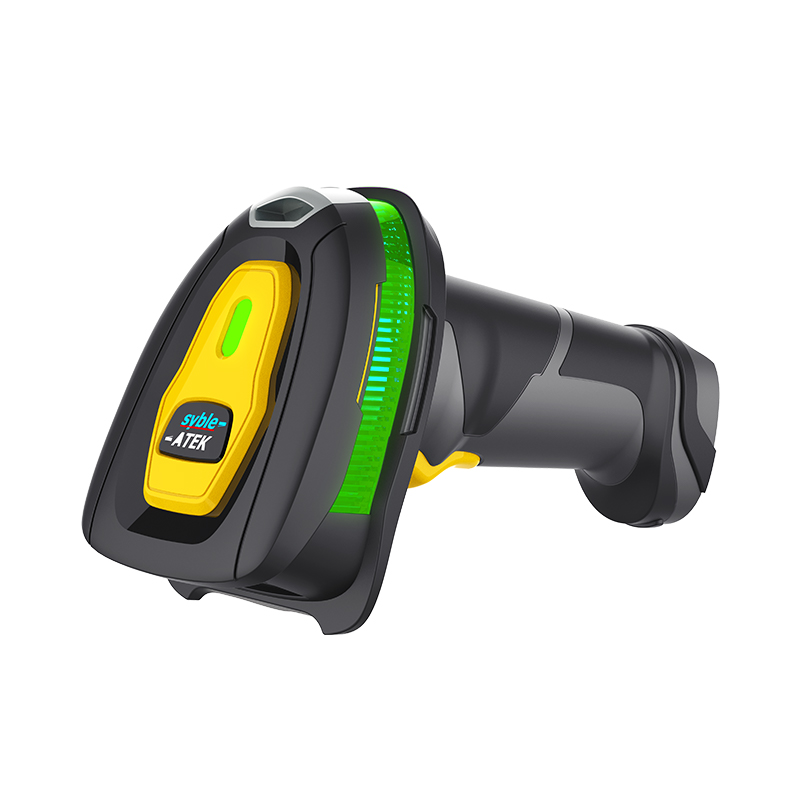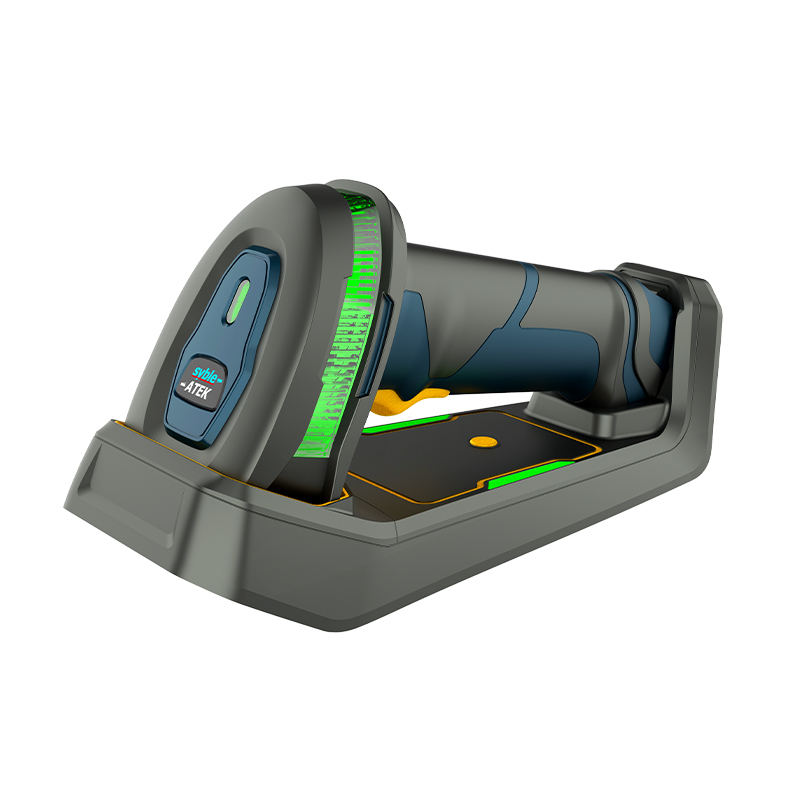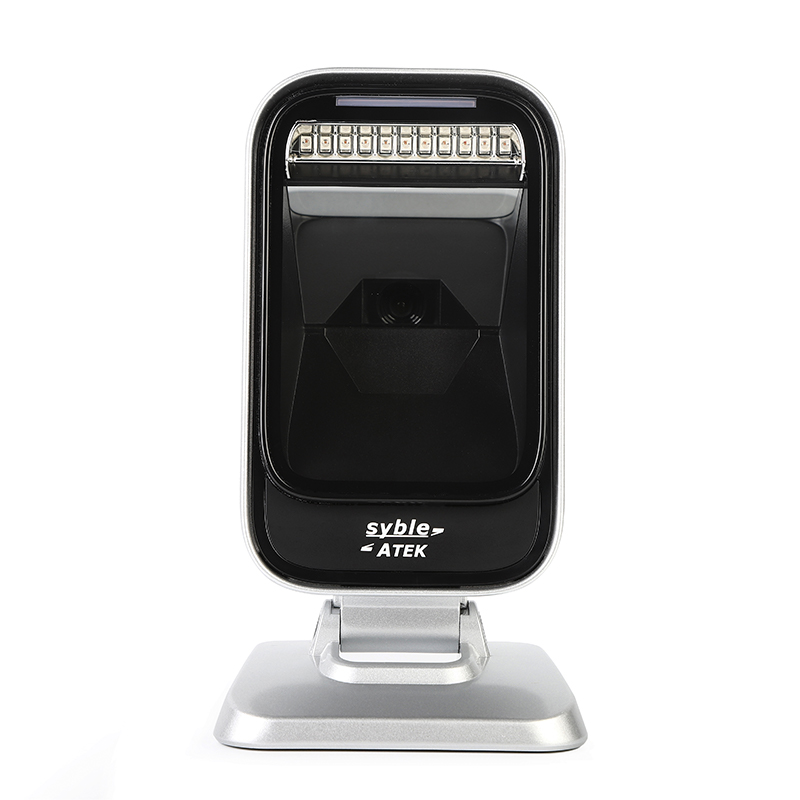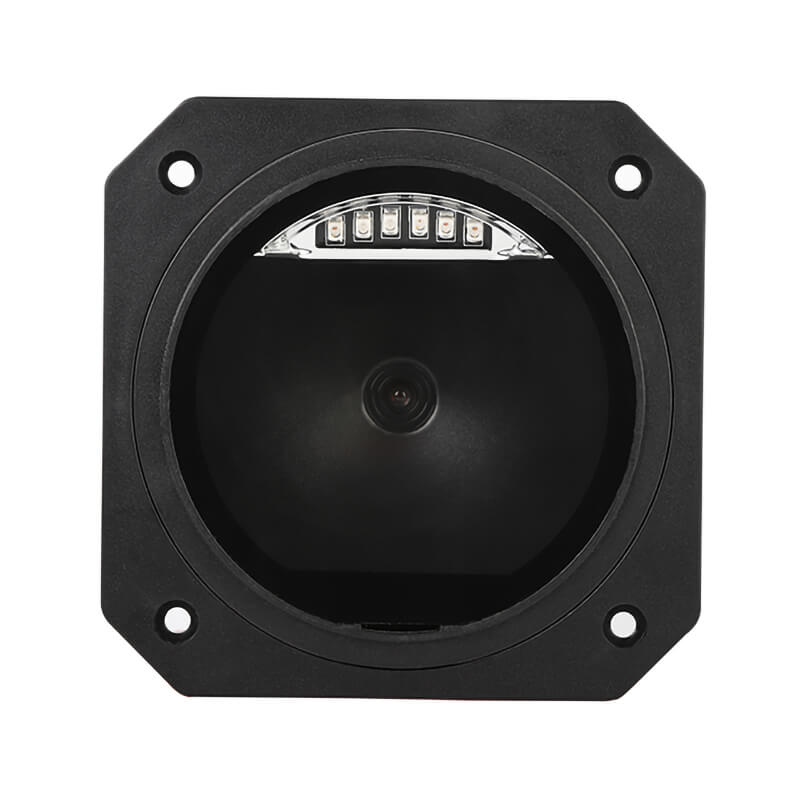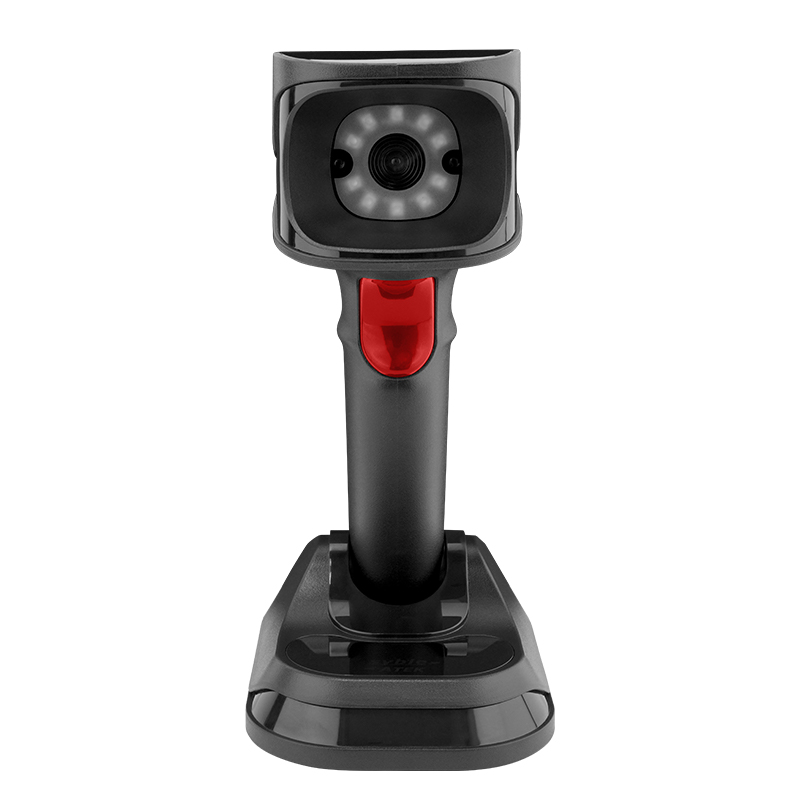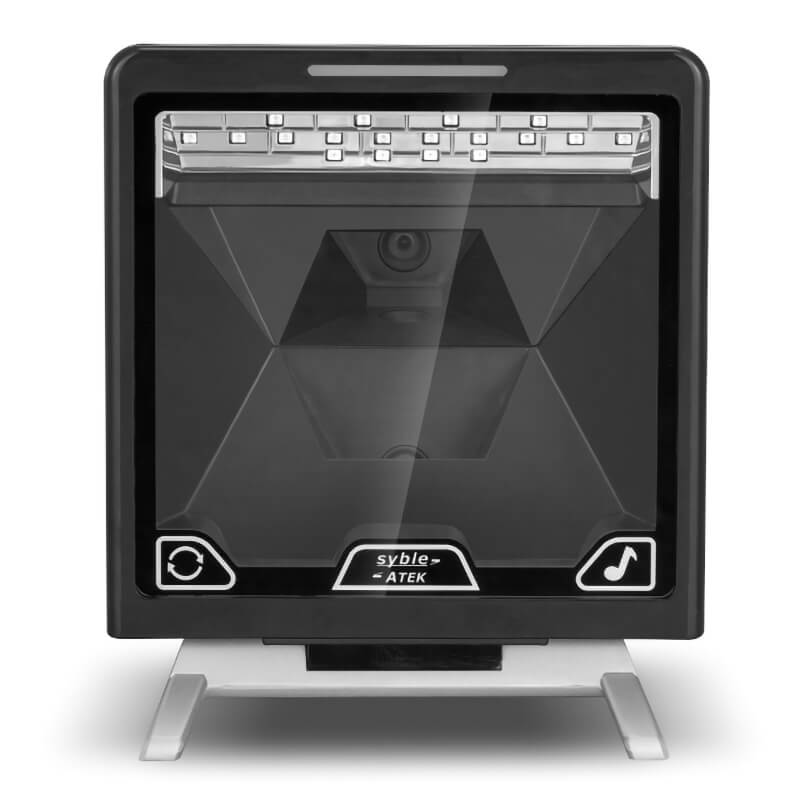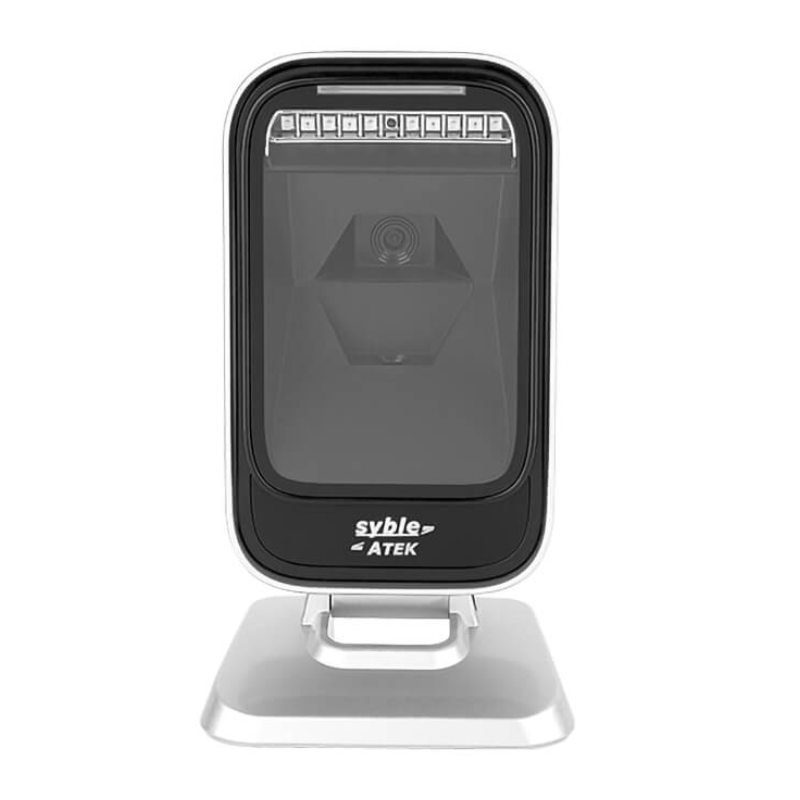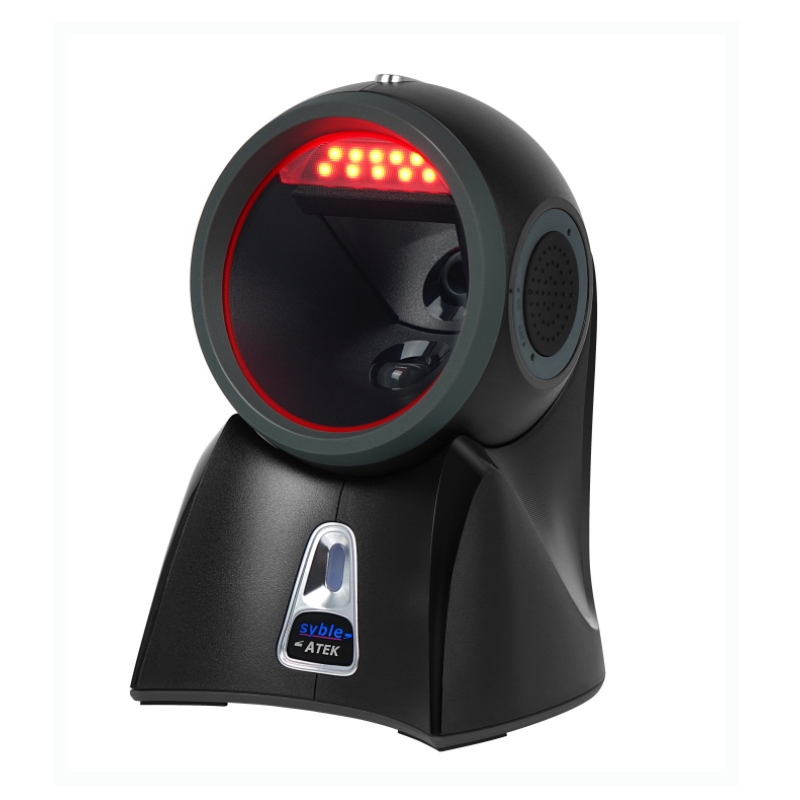A barcode scanner may use a virtual COM port (Virtual Serial Port) for several reasons, primarily related to compatibility, flexibility, and ease of integration with existing systems. Here’s why:
1.Backward Compatibility
Many legacy software applications and systems are designed to communicate via serial (COM) ports, even if the actual hardware connection is USB. A virtual COM port emulates a traditional RS-232 serial interface over USB, allowing barcode scanners to work seamlessly with older software without requiring major updates.
2.Simplified Integration
Since serial communication (UART) is a well-established standard, many industrial, retail, and logistics systems expect data to come in via a COM port. A virtual COM port makes the barcode scanner appear as a simple serial device, reducing the need for custom drivers or complex configurations.
3.Plug-and-Play Convenience
USB-based barcode scanners with virtual COM ports can be recognized by the operating system as a serial device, enabling automatic driver installation (via USB CDC or similar protocols). This avoids the need for proprietary drivers and ensures broad OS support (Windows, Linux, etc.).
4.Data Stream Simulation
Barcode scanners output data as a continuous stream of characters, similar to how a serial device transmits data. A virtual COM port ensures the data is delivered in the same format (e.g., terminated by CR/LF), making it compatible with systems expecting serial input.
5.Network/Remote Applications
In some cases, virtual COM ports can be used to redirect barcode data over networks (e.g., via TCP/IP), enabling remote scanning solutions while still appearing as a local serial device to the software.
Example Workflow:
The barcode scanner connects via USB but presents itself as a COM port (e.g., COM3).
The host system reads data from COM3 just like an old-fashioned serial scanner, even though the physical connection is USB.
No additional SDK or API is needed—just standard serial communication protocols.
This approach bridges the gap between modern hardware interfaces (USB) and software designed for serial communication, ensuring broad compatibility across industries.


